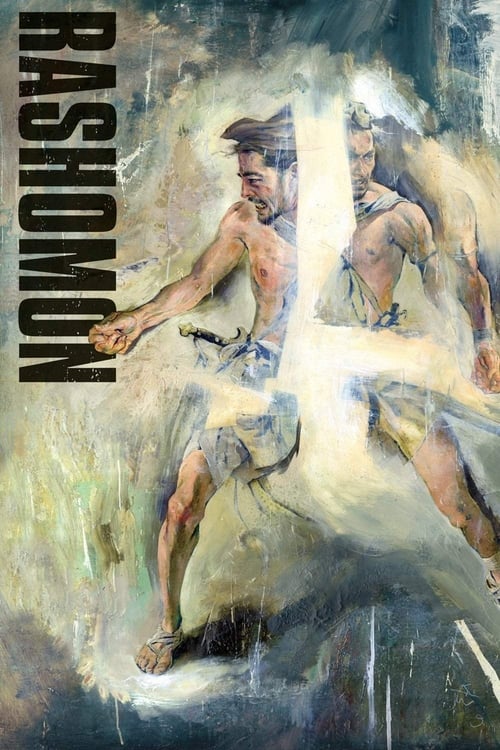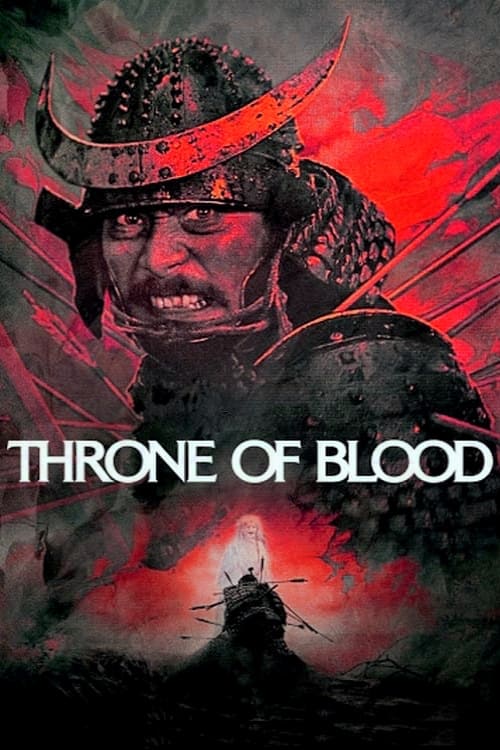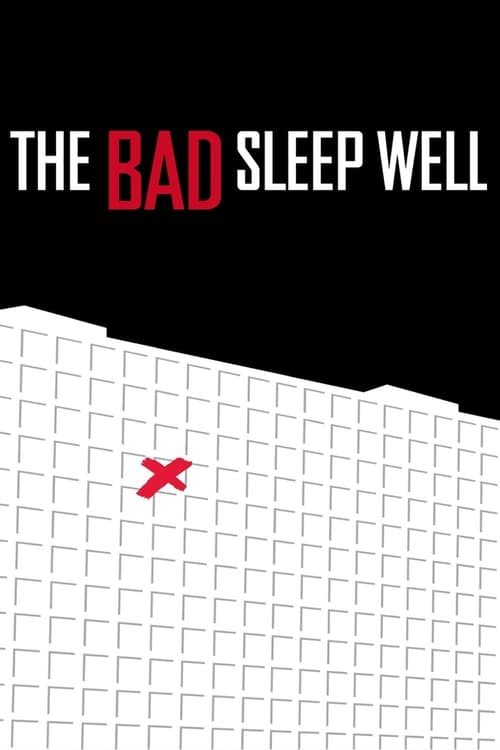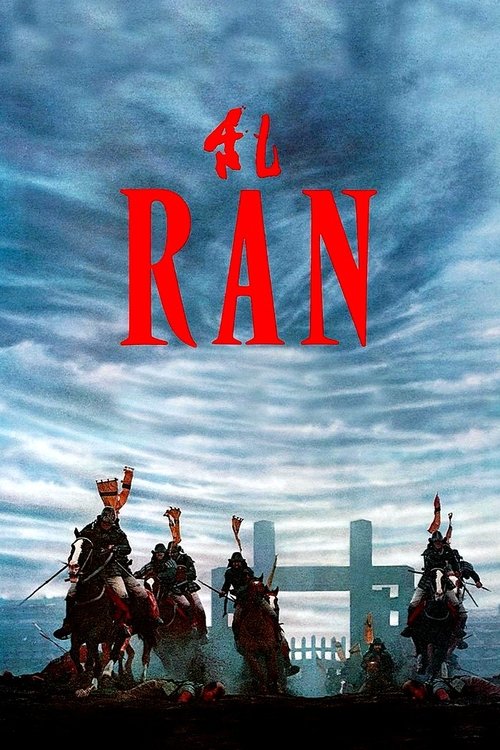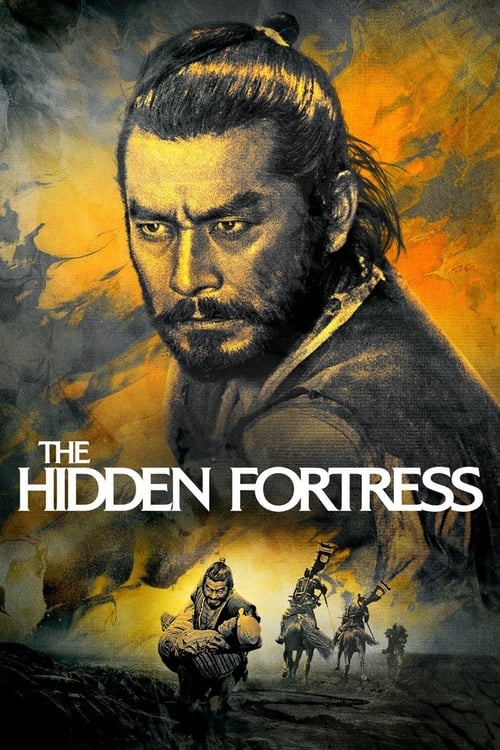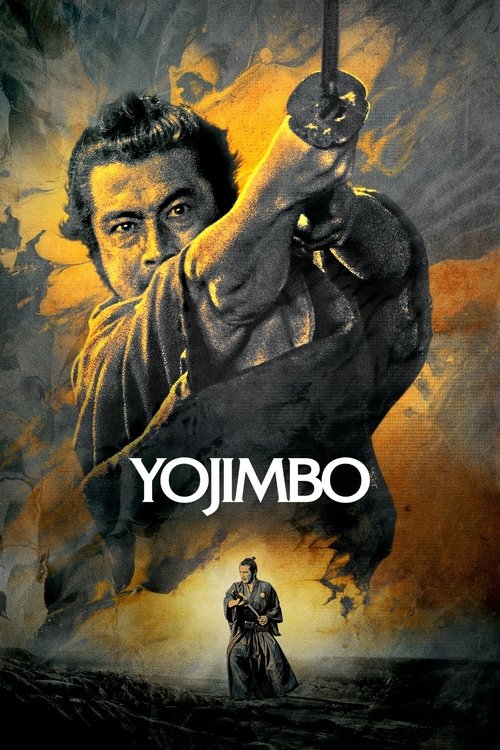Kurosawa's Epic Vision
Japanese cinema giant
Akira Kurosawa revolutionized global cinema by masterfully blending Japanese artistic traditions with Western narrative techniques, creating an influential body of work that continues to inspire filmmakers worldwide.
Kurosawa's emergence in post-war Japan marked a pivotal moment in cinema history. Beginning with "Drunken Angel" (1948), he established a distinctive visual style characterized by dynamic composition, multiple cameras, and precise movement. His collaboration with actor Toshiro Mifune, which started with this film, would span 16 movies and define both their careers. The director's meticulous attention to detail and innovative use of telephoto lenses created a depth of field that influenced countless cinematographers, while his approach to action sequences - particularly in samurai films - established new standards for filming combat.
Featured Films
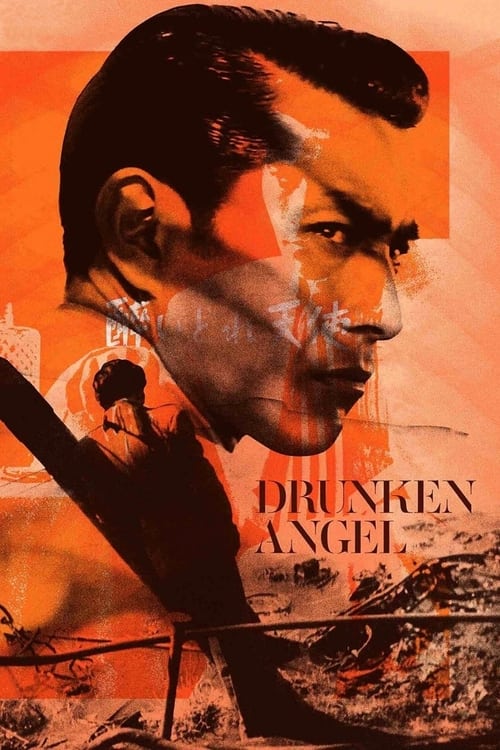
Drunken Angel
(1948)
Noir-tinged drama about an alcoholic doctor and a gangster with tuberculosis, marking the first Kurosawa-Mifune collaboration
Streaming on Criterion Channel

Stray Dog
(1949)
Gritty police procedural exploring post-war Japanese society through a detective's search for his stolen gun
Streaming on HBO Max
The 1950s marked Kurosawa's ascension to international acclaim, beginning with "Rashomon" (1950). This groundbreaking film introduced multiple-perspective storytelling to global cinema, winning the Golden Lion at Venice and the Academy Award for Best Foreign Film. The innovative cinematography by Kazuo Miyagawa, particularly in forest scenes where he pointed the camera directly at the sun (previously considered taboo), created a revolutionary visual language. "Seven Samurai" (1954) followed, demonstrating Kurosawa's mastery of epic storytelling, with its sophisticated use of telephoto lenses, multiple-camera setups, and precise editing techniques that would influence action cinema for decades.
Kurosawa's adaptation of Western literature into Japanese contexts showcased his genius for cultural synthesis. "Throne of Blood" (1957) reimagined Shakespeare's Macbeth in feudal Japan, utilizing Noh theater techniques and striking visual metaphors. The famous arrow sequence, shot with real arrows for authenticity, exemplified Kurosawa's commitment to realism. "The Bad Sleep Well" (1960) transformed Hamlet into a corporate revenge thriller, reflecting post-war Japan's economic transformation and moral challenges.
The director's use of color and widescreen format reached its apex in "Ran" (1985), his interpretation of King Lear. The film's massive battle sequences, with hundreds of extras and precise color coordination of armies, demonstrated Kurosawa's continued innovation even in his later years. The film's $12 million budget, enormous for Japanese cinema at the time, allowed for unprecedented scale and technical sophistication, including the famous castle siege sequence that took over a month to film.
Kurosawa's influence on Western cinema cannot be overstated. "The Hidden Fortress" (1958) directly inspired George Lucas's "Star Wars," while "Yojimbo" (1961) was remade as "A Fistful of Dollars," launching the Spaghetti Western genre. His dynamic action sequences influenced directors from Sam Peckinpah to Martin Scorsese, while his narrative techniques inspired filmmakers like Francis Ford Coppola and Steven Spielberg.
More Ideas

Red Beard
(1965)
Humanist drama about a young doctor learning compassion from his mentor
Streaming on Criterion Channel

Dreams
(1990)
Anthology film based on Kurosawa's actual dreams, blending reality and fantasy
Streaming on Criterion Channel

High and Low
(1963)
Kidnapping thriller examining class divisions in modern Japan
Streaming on Criterion Channel
